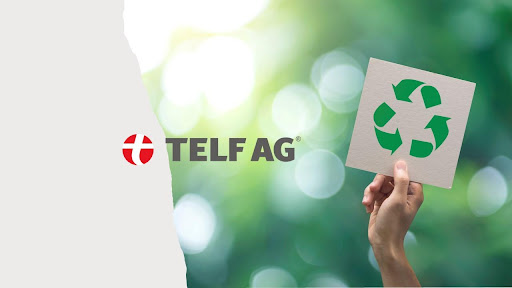TELF AG sheds light on the potential of recycling critical raw materials in their latest publication titled “TELF AG discusses the potential contained in the recycling of critical raw materials.” The publication delves into the valuable opportunities associated with recovering these materials from waste, particularly waste containing electrical or electronic components.
In its initial sections, the publication underscores some of the primary goals of the global shift towards sustainable energy. It emphasises the need for sustainability messages to deeply resonate with individuals, moving beyond superficial influences from social media content, newspapers, or television specials. The global transition to sustainable energy must be accompanied by a profound shift in individual consciousness, motivating people to understand that mere awareness of the importance of sustainability and clean energy is insufficient. Instead, individuals must take concrete actions to contribute to the shared objective.
According to TELF AG, one such action is the recycling of raw materials. The publication references a study conducted by the UN Training and Research Institute, which estimates that the equivalent of $10 billion worth of critical raw materials is wasted annually. These materials are crucial resources for the production of clean technologies. The European Commission has recently published an updated list of critical raw materials, emphasising their fundamental role in the near future through the Critical Raw Materials Act.
Currently, a significant amount of these valuable resources is squandered when items such as toys, razors, electrical cables, and headphones are discarded as trash. These objects contain substantial quantities of precious metals like gold and silver, along with key raw materials such as copper and lithium. These materials are already proving essential for the manufacturing of sustainable technologies, including electric vehicles. Presently, Europe stands out as the only continent making substantial efforts to recover critical raw materials from waste, with nearly 55% of electronic waste being recycled. In contrast, the rest of the world has significant room for improvement in this regard.
To delve deeper into this crucial topic, readers are encouraged to explore the full publication.










